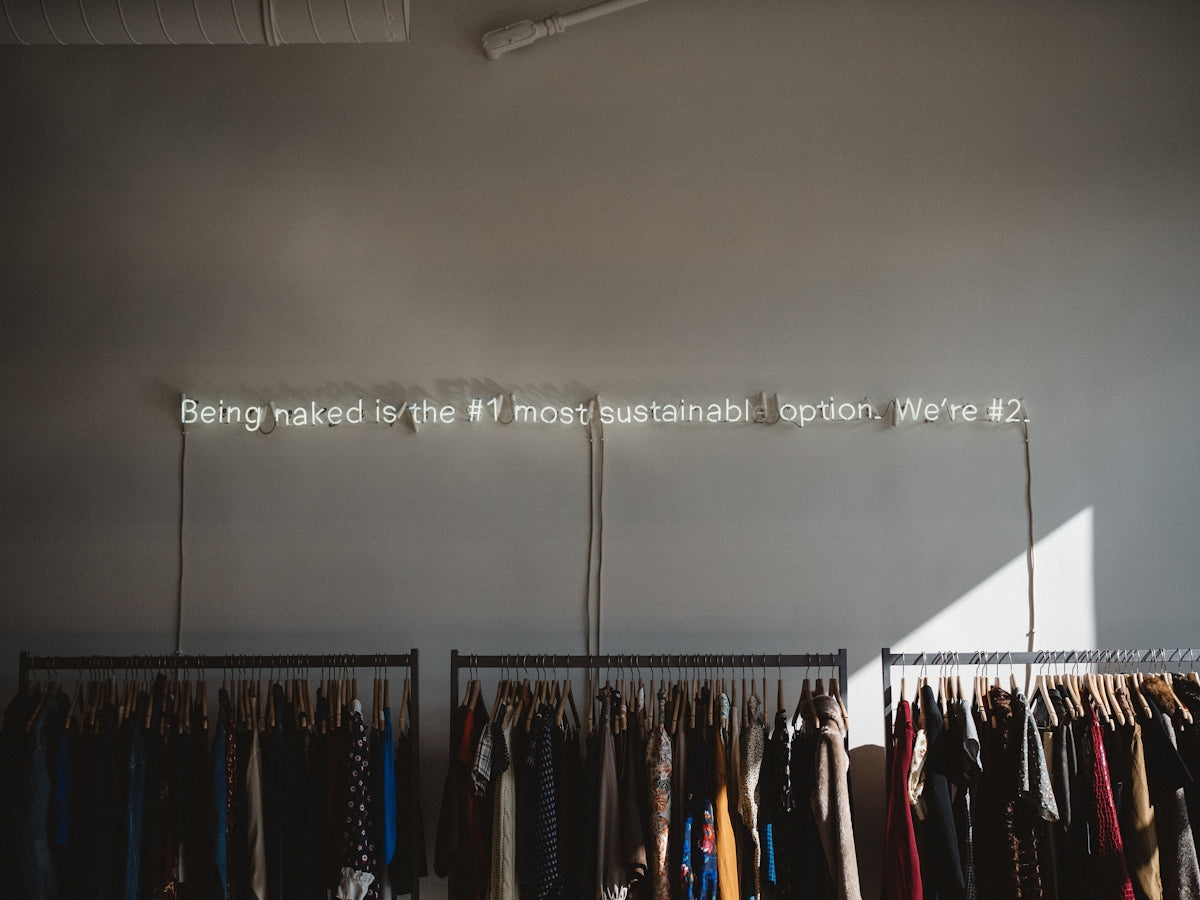Streetwear has long transcended its humble, urban beginnings. Originating in the vibrant subcultures of skateboarding, hip-hop, and surfing, it now permeates the fashion industry at all levels. One of the most striking aspects of this transformation is the rise of graphics within streetwear—a realm that some argue represents a burgeoning art movement in its own right. But is it fair to elevate these visuals to the status of art? Let's delve into the world of streetwear graphics to explore their potential as a new artistic movement.
The Evolution of Streetwear Graphics
The journey of streetwear graphics begins in the 1980s and 1990s, where DIY and punk influences dominated the urban aesthetic landscape. Graphic t-shirts captured rebellious sentiments and publicized messages of social and cultural critique. With artists and designers from differing backgrounds, cultures, and experiences blending to create these visual stories, streetwear quickly became more than just a clothing style; it transformed into a form of self-expression.
Fast forward to today, and you'll see how these graphics have evolved from symbolic representations into complex narratives that tell stories unique to individual brands and their communities. Brands like Supreme and Off-White are known for their striking visuals, which not only drive trends but also affect wider contemporary art landscapes. Such graphics create an ongoing dialogue between fashion and art, blurring the boundaries and questioning what defines a piece as "art."
Streetwear and the Collaborations with Art and Artists
Streetwear's foray into the world of high art isn't solely driven by the creativity of graphic design. Collaborations with artists have further cemented streetwear's standing in the art world. These partnerships bring legitimate art narratives into wearable form, bringing art from gallery walls to the public sphere.
Take, for example, the collaborations between streetwear brands and prominent artists like Takashi Murakami and KAWS. Their contributions lend credibility to the idea of streetwear as art, as they transpose their craft from traditional canvases to textiles. This practice not only elevates the visual narrative of streetwear brands but also democratizes art, making it accessible to a broader audience who may not frequent museums or galleries.
Streetwear's Influence Beyond the Canvas
It's not surprising that streetwear's reach has extended beyond clothing to permeate other lifestyle products, such as home décor and technology. This expansion not only underscores the versatility of the graphics inherent in streetwear but also blurs the line between traditional and wearable art forms.
Looking at products like the Merry And Bright Cable Knit Sweatshirt and the Ribbed Knit Round Neck Pullover Sweatshirt from our store, it's evident that the influence of streetwear graphics extends beyond conventional boundaries, creating everyday items that echo artistry while maintaining functionality.
The Artistic Process Behind Streetwear Graphics
The artistic process behind creating streetwear graphics often mimics that of traditional art forms. Designers curate visuals, investigate themes, and draw inspiration from myriad sources, both historical and contemporary. Like street artists, streetwear designers position their graphics as commentary, satire, or homage.
Just as a painter might sketch preliminary views before settling on an idea, streetwear designers iterate multiple concepts to convey the intended message accurately. Graphics can range from bold statements about social justice to playful aesthetic expressions that resonate on a personal level with the wearer.
Consuming Streetwear as Collectible Art
Another dimension that blurs the traditional art-boundaries further is the concept of collecting streetwear. Much like art collectors pursue prestigious works, enthusiasts await drops of limited edition graphics, perceiving them as investments. The transient nature of releases fuels a dynamic market where valuation mirrors that of painterly artworks. Owning a piece from a coveted streetwear drop can be akin to owning a piece of modern art.
Conclusion: Streetwear Graphics as Contemporary Art
As we reflect on the intricate interplay between style and artistry in streetwear graphics, it becomes evident that they boast a significant role in contemporary culture. Whether they should be classified strictly as "art" carries less importance than recognizing their influential presence. The creativity and cultural conversations embedded in these visuals undeniably enrich our aesthetic environments and provide new avenues for discourse.
Streetwear graphics offer a testament to how creativity and commercial design can intersect fruitfully, charting the path for innovative expression in fashion while pushing boundaries of what constitutes art. These items are not merely garments; they are conversation starters, cultural symbols, and pathways to dialogue within expressive communities.
For more on the latest streetwear trends and unique pieces that transcend traditional fashion routes, be sure to explore our collection at FashionFitz.
Whether you're looking to make a bold fashion statement or appreciate the artistry involved in contemporary streetwear, the conversation surrounding streetwear graphics is just getting started. As the lines continue to blur between art, fashion, and cultural expression, only time will acknowledge the true impact and legacy of this vibrant movement.


0 comments